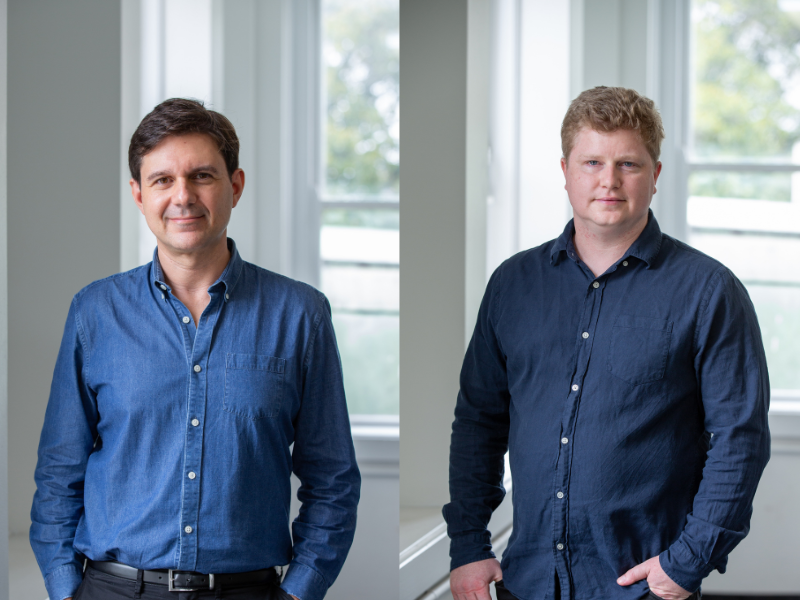Organisations deploying multi-AI agent systems risk running into new and complex failure modes multi-agent systems, a new report from the Gradient Institute has warned.
Backed by the Department of Industry, Science and Resources, the Institute’s report identifies six failure patterns that emerge specifically when language model-based AI agents work together – from cascading communication breakdowns to coordination failures and groupthink effects.
The warning comes as more businesses look to use multiple agents to automate complex workflows like onboarding or customer support.

Gradient Institute chief scientist Tiberio Caetano said the shift toward multi-agent systems introduces governance challenges that traditional AI risk frameworks are ill-equipped to address.
“A collection of safe agents does not make a safe collection of agents,” Dr Caetano said. “As multi-agent systems become more prevalent, the need for risk analysis methods that account for agent interactions will only grow.”
He said the risks extend beyond model hallucination, and could be catastrophic if failures occur in sectors like banking, energy or healthcare.
Six key failure modes are outlined in the report:
-
Inconsistent performance of individual agents derailing a multi-step process
-
Miscommunication between agents leading to breakdowns
-
Shared blind spots causing systematic errors
-
Groupthink dynamics reinforcing incorrect assumptions
-
Coordination breakdowns due to poor information flow
-
Competing goals undermining organisational outcomes
Gradient’s head of research engineering Alistair Reid, who led the study, said testing and risk analysis must evolve in step with AI complexity.
“Just as a well-functioning team requires more than competent individuals, reliable multi-agent AI systems need more than individually competent agents,” Dr Reid said.
“Our report provides a toolkit for organisations to identify and assess these emergent risks.”
The report recommends organisations adopt staged, controlled testing from simulation to sandboxing to monitored pilots to help uncover failures before deployment in production systems.
It also includes practical guidance on red teaming, simulation-based monitoring, and measurement frameworks to improve safety and reliability in the early stages of adopting multi-agent AI.
Gradient Institute chief Bill Simpson-Young said the report lands at a critical moment as the business sector embraces generative AI at scale. “The path forward isn’t about avoiding this technology, it’s about deploying it responsibly.”
The research focuses on multi-agent deployments within a single organisational boundary, where systems are internally governed. This is seen as a foundational step before more complex agent-to-agent systems that span multiple domains or businesses.
Do you know more? Contact James Riley via Email.
